Today, I’m so pleased to bring you a guest post about a topic near and dear to many of our hearts: size inclusivity in knit accessories. Kristina McGrath is a knitting technical editor and one half of the power duo behind Tech Tip Talk (along with Sarah Walworth), a monthly YouTube show focused on all the knitty gritty details behind designing the best knitting patterns possible.
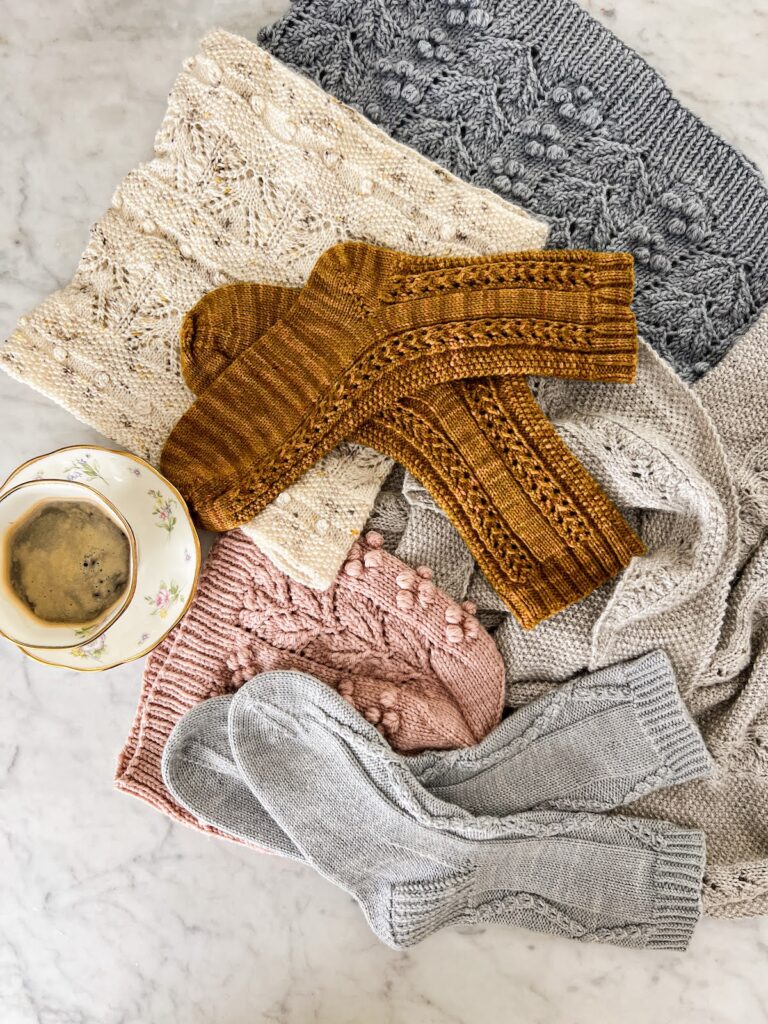
Kristina and I got to know each other through the Fiber Business Collective, and I’ve spent the whole time in awe of her deep knowledge and commitment to making the fiber industry better. She’s also a strong advocate for size inclusivity in all knitting patterns. If you’ve got a tricky technical issue or a new idea for a pattern, I’d bet dollars to donuts Kristina can figure it out or put you in touch with someone who can.
But rather than me wax rhapsodic about how great she is, I’ll let her own words convince you. Here’s Kristina with some insights into how to make our knit accessory patterns better.
—–
Shine a light.
In garment design, we talk about size inclusivity a lot. There is a huge effort to encourage designers and yarn companies to offer more sizes for their garment patterns, and to update older patterns to be more size inclusive.
I write and talk at length about how important it is to do that responsibly and honestly, to make sure that the grading works well for all sizes, and not just the middle of the size range. It used to be that the only sizes offered were in that middle of the range, and sometimes, even though we are adding more sizes, our thinking in pattern writing can get stuck in that middle of the range viewpoint. This makes us miss stuff that is right under our noses, and patterns can fall short.
When it comes to accessory patterns, this need for size inclusivity is just as great, but we are often still stuck in that middle of the range viewpoint, that ‘one size fits all’ mentality. Or worse, the ‘one size fits most’, which is, by definition, exclusionary. Bodies vary greatly in size everywhere, not just when it comes to sweaters, and real size inclusivity in accessory patterns matters equally as much. These are items that must fit well to be good at what they do for us, so maybe it matters even more.
Beautiful bodies.
We are gloriously different in size and shape, and that is true even within one body. Does it make sense that if there are bodies that need garments outside the middle of the range, that there won’t be bodies who need socks, hats, shawls, gloves outside the middle of those ranges? Of course not.
Larger bodies will often need larger accessories; smaller bodies will often need smaller accessories. At the same time, someone in the middle of the garment size range might need accessories outside of it. A large torso does not always mean a large head or large feet. A smaller torso does not always mean small hands either, for example.
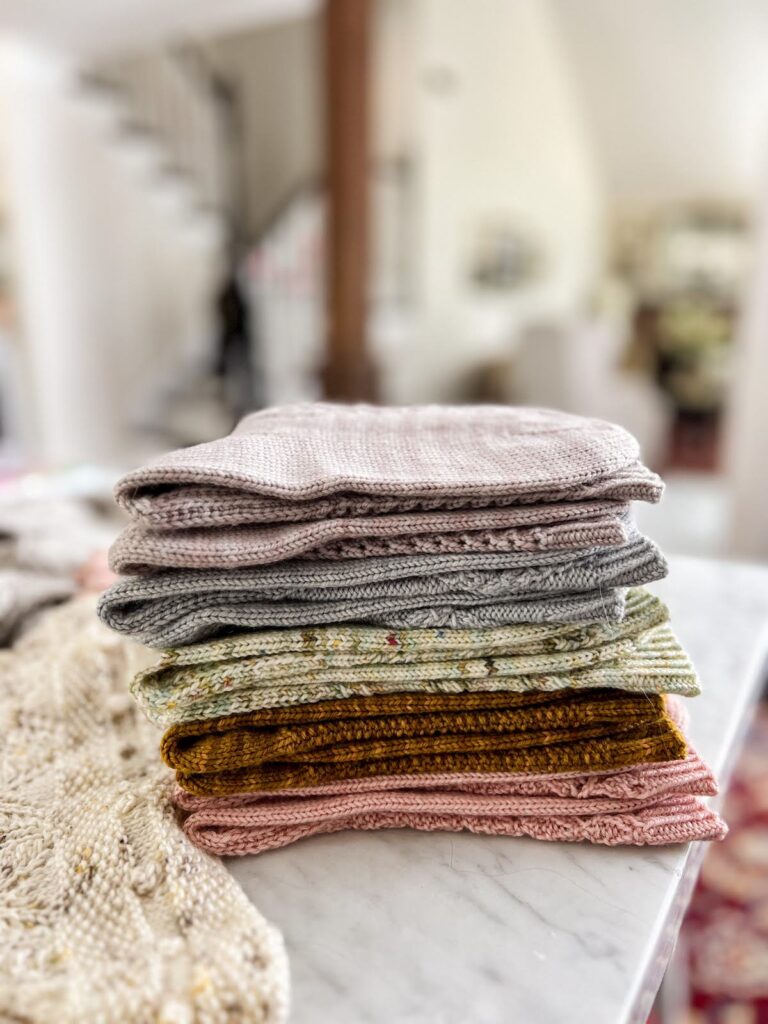
Working with motifs.
Playing with motifs is super fun in accessory designing. Many accessories are perfect canvasses for some pretty incredible motifs. Be careful, though,that your motif can be graded successfully! If you have an eye-catching motif on the cuff of a glove,but it has so many stitches in the repeat that it can’t be expanded at small enough increments, it won’t work.
Try to be flexible on this point. Remember your goal in creating patterns: patterns are clothing, meant to fit human bodies. If that is your goal, the grading being fantastic matters more than being married to a motif that won’t work. If the motif matters more, then maybe a singular artwork is what your design is meant to be, and not a pattern for sale to makers of all sizes, or maybe that motif can be used on a different type of accessory.
Socks that fit.
A sock pattern having plenty of varying sizes for length, but the same circumference for every size doesn’t really reflect real feet or legs. Sometimes even when there is a range of circumferences, it’s just that middle range again. Remember that just like there is a need for more sizes in garments, the same holds true for socks!
Don’t forget to consider leg sizing if your socks have longer legs, and look at how you can make changes in sizing or modification options to accommodate a wider range.
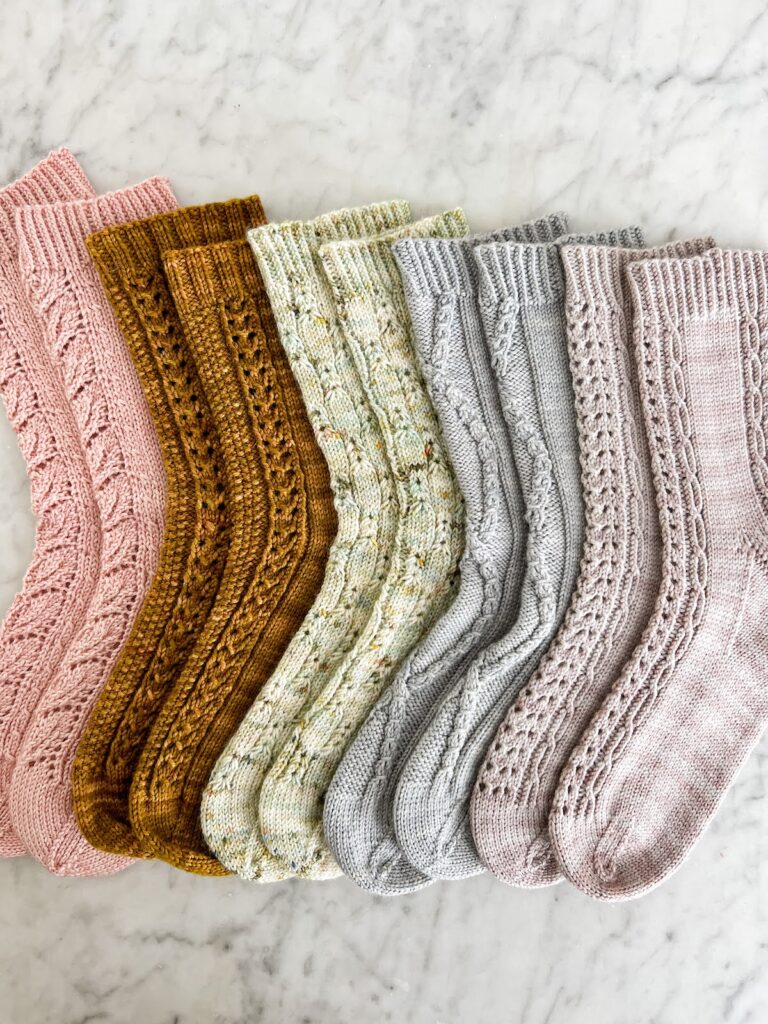
A special note about shawls.
A lot of shawl designs don’t lend themselves to being graded and are generally singular things. Often their construction and patterning make them inherently only one way. But when we get into making claims about how they fit and look and how they can be worn, and promising an end result, shawl patterns being only one size is a problem.
Think about garments that are meant to be oversized but in the larger sizes they’re often not graded that way – that’s not cool. In the same way, a shawl that is meant to be dramatic and flowing will need to be written in more than one size to have that effect on different body sizes. Likewise a 60”/150 cm scarf is going to wear differently on people of different heights and girths.
Middle of the range thinking doesn’t always stop to realize that larger shoulders need larger shawls and smaller shoulders, smaller shawls, to have the same promised fit. We get away without grading them partly because often how a shawl or scarf is worn can be subjective and individual – it is not unusual for a maker to wear a shawl not at all as the designer intended. But that’s up to the maker. Your job as a designer is to deliver on what you promise.
Most of the time, a note about how the item can be modified is all you need, and I encourage you to include it. If it is a design that can’t be modified or sized, like some complex stitch designs, be upfront about that. If possible, show it on differently shaped bodies so your customers can get a better idea of what it will look like on them.
Either way, be intentional in what you’re doing with shawl designs. Recognize that if you do promise a particular look or fit, and don’t size it somehow, you’re leaving a lot of makers out.
Gauge is still everything.
Saying that gauge doesn’t matter in accessories, or that if the maker doesn’t get gauge to ‘just go up/down a size’ can be a recipe for disaster. Sometimes this approach seems like it can work, but what we think of as working is actually the maker compromising their expectations and settling. (A side note from Lauren: I’ve written a blog post about why I don’t think this is a good approach and exploring some of the technical problems with it, especially when it comes to size inclusivity).
Because the truth is, it will result in a product that doesn’t look like what they bought, and/or doesn’t fit right. Then you have a disappointed customer.
If the maker doesn’t care how the design fits or looks, then maybe gauge doesn’t matter. However, if they’re after the look and fit in your gorgeous photos, it certainly does.
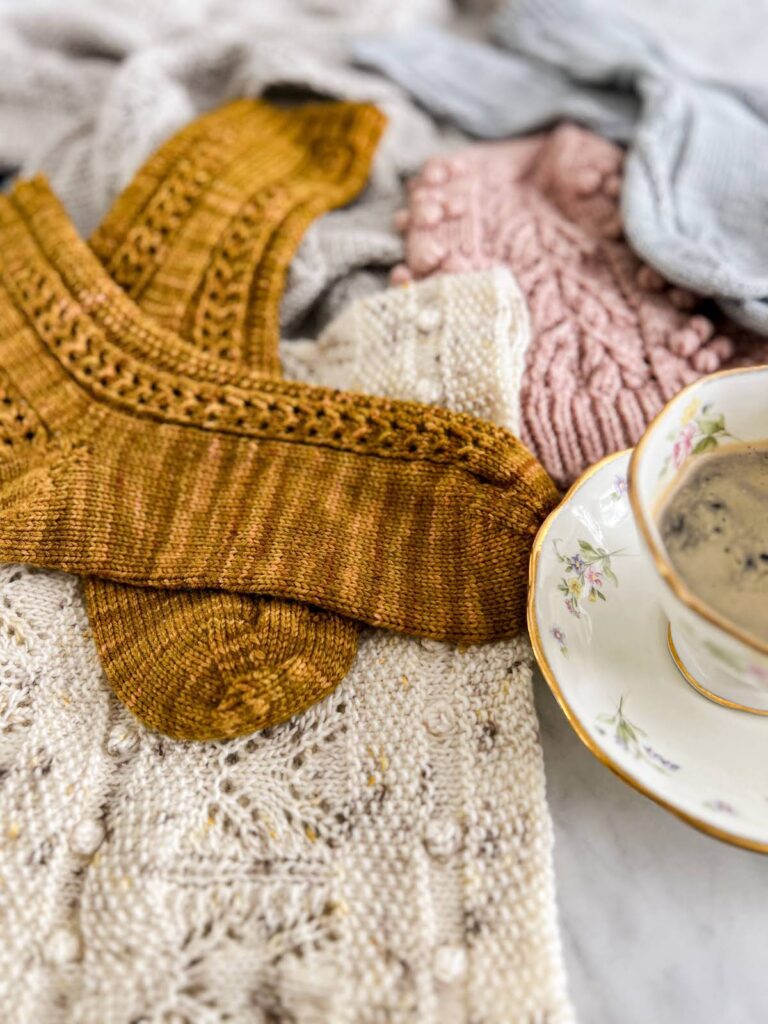
One size does not fit all.
The same considerations must be made in accessory patterns as in garment patterns. ‘One size fits all’ has got to go. The more you think about it, the more you will realize how damaging and harmful that concept is in a world where we are beautifully different. The same attention to sizing and grading, and the same types of guidelines allowing for modifications are needed.
It’s important to include many sizes, but it’s imperative that those sizes will indeed offer good fit. Use reliable sizing standards and keep your applied ease consistent. Getting a hat that hugs just right, or a mitten that ‘fits like a glove’ is just as desired as a sweater that is custom fit.
A successful pattern.
An accessory pattern must be clear and correct to be successful. But it also must anticipate what the maker will need from the pattern as they work it, beyond the instructions – for all sizes, not just your size.
- Use fixed ease, so that every size will have the same amount of space between their body and the item, for the fit to be the same.
- Specify what needle lengths and type will be needed for every size, not just your size. This goes for buttons and notions too.
- Keep your sizing notation structure the same throughout the pattern.
- If possible, show pictures of the design in varying sizes. This is important especially with motifs that will look different from size to size, or to see how the design will look on more than one type of body. Sometimes it can be tough to find many models but do your best; find some way to communicate how your design will work on many sizes.
- Consider what each size will be experiencing on the needles as they work, not just your size or experience. What will they each need to know? What mile markers do you need to provide?
- Include helpful tips about how your design can be modified to custom fit, if not instructions.
- Be sure all finished measurements are available to view in the place it is sold, so your customer can make an informed decision before buying. Don’t be sneaky.
- Offer support. Listen when your customer tells you something doesn’t work, or suggests something that might help them, especially if that customer wears a different size than what you are used to working on. Hear people’s experiences.
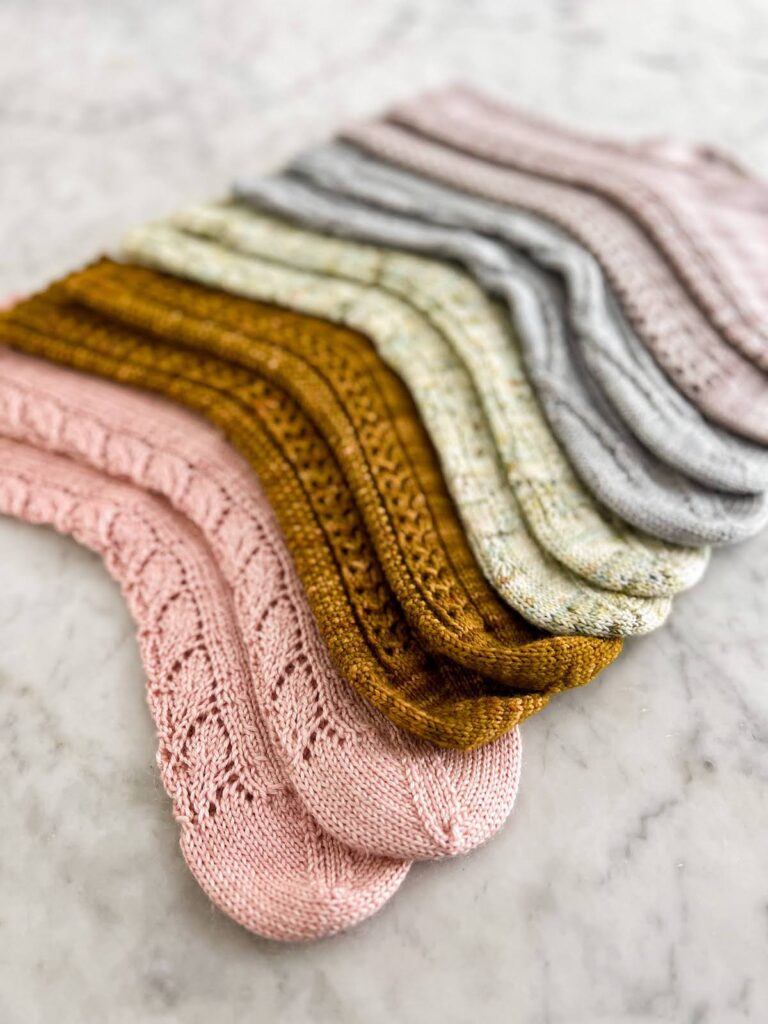
Sizing that works.
I absolutely adore hand knit hats. In my experience as a knitter making for my family and myself, I have had so much trouble finding hat patterns that fit well, that a couple times I have even been driven to create my own. And I am absolutely not a designer!
I cannot tell you how many failed hat fittings have gone on in my family in the past 15 years; I know I’m not alone. Many accessories, like mittens, hats, and socks, we wear on our smallest and most precise body parts, so attention to proper fit is paramount. No one wants too loose socks, or mittens that they have to squeeze into, or hats they constantly have to tug at.
Our hand knit accessories must fit well to be useful to us, and that goes for makers of every size. This is a reminder in writing any accessory pattern that:
1. Offering enough sizes is necessary, but we first need to be using data that accurately reflects bodies, as closely as we can, and not perpetuate old standard accessory sizing if it doesn’t work for the makers buying the patterns! ::side eye::
2. Clear guidance on how to choose a size and exact finished measurements are necessary. Ambivalent gauge and ‘one size fits most’ sizing recommendations are irresponsible practices when writing patterns to sell that promise to fit a body in a certain way.
Getting what everyone wants.
You want happy makers. You want them loving working from your patterns and stoked to get their smiling photos up online. That can be guaranteed if the pattern is a clear map to follow; if it points the user where they need to go, and gets them to their desired destination, which is… a perfect fit.
Let’s do it. With creative modding, thoughtful grading, everyone can have what they want in their accessories, even shawls in ‘one size’, even hats.
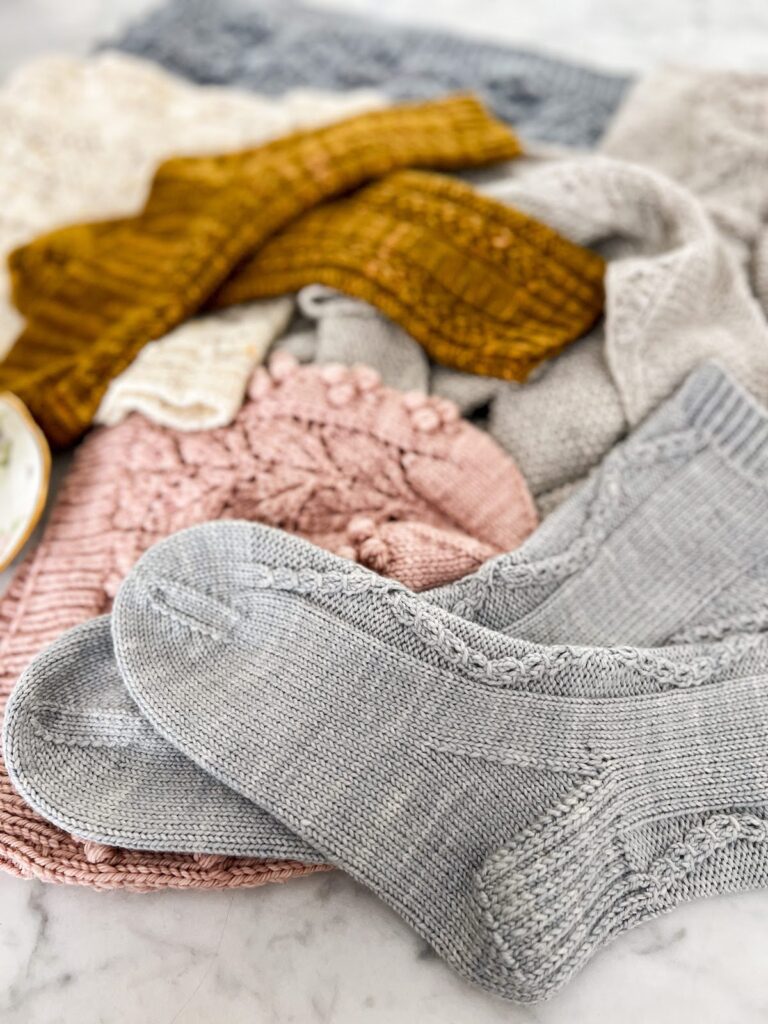
Online resources.
These size charts and guides are a good place to start in grading accessories. I especially like Kate Oates’ hat sizing chart with its many points and Knitgrammer’s foot size charts with their extended sizing.
Remember to do your own testing and get as much feedback as you can on fit for as many sizes as you can. Always make sure your testers are working at the correct gauge, giving you accurate measurements, and updating you on any modifications they make. If you have trouble finding testers, perhaps make samples for your friends.
Heads:
Kate Oates hat sizing chart: https://kateoatesdesign.com/sizing
Woolly Wormhead hat sizing guide: https://www.woollywormhead.com/blog/2009/9/26/hat-sizing-guide
Hands:
Knitgrammer charts for mitten sizing: https://www.knitgrammer.com/blog/hand-size-chart-for-knitting-mittens/
CYC hand size charts: https://www.craftyarncouncil.com/standards/hand-size-charts
Feet:
Knitgrammer foot size charts: https://www.knitgrammer.com/blog/foot-size-chart-for-sock-knitting/
Shoulders:
Knitting.today shawl resizing guidance: https://knitting.today/adjustable-shawls/
Melissa Leapman shawl formulas: https://www.storey.com/article/seven-steps-shawl-design-success/
—
Lauren here again. If you’re like me and found yourself thumping the table in agreement with Kristina’s points about size inclusivity in knitting patterns, be sure to keep up with her ongoing work.
You can find her on Instagram via her own account and via the Tech Tips Talk account. Be sure to subscribe to her newsletter for more helpful information about writing and modifying knitting patterns, and keep an eye out for her book (written with Sarah Walworth) coming this November! You can preorder a copy here.
Many thanks to Kristina for taking the time to share so much valuable knowledge! It’s been a treat and a half.
Let’s stay connected!
Join my newsletter for 30% off all new releases, regular updates with helpful tips and tricks, first crack at registration for upcoming workshops, exclusive discounts, and more.
Join the A Bee In The Bonnet Facebook Group to participate in knitalongs and other fun community events
Come hang out with me on the A Bee In The Bonnet TikTok
Follow along on the A Bee In The Bonnet Instagram
Get inspired via the A Bee In The Bonnet Pinterest

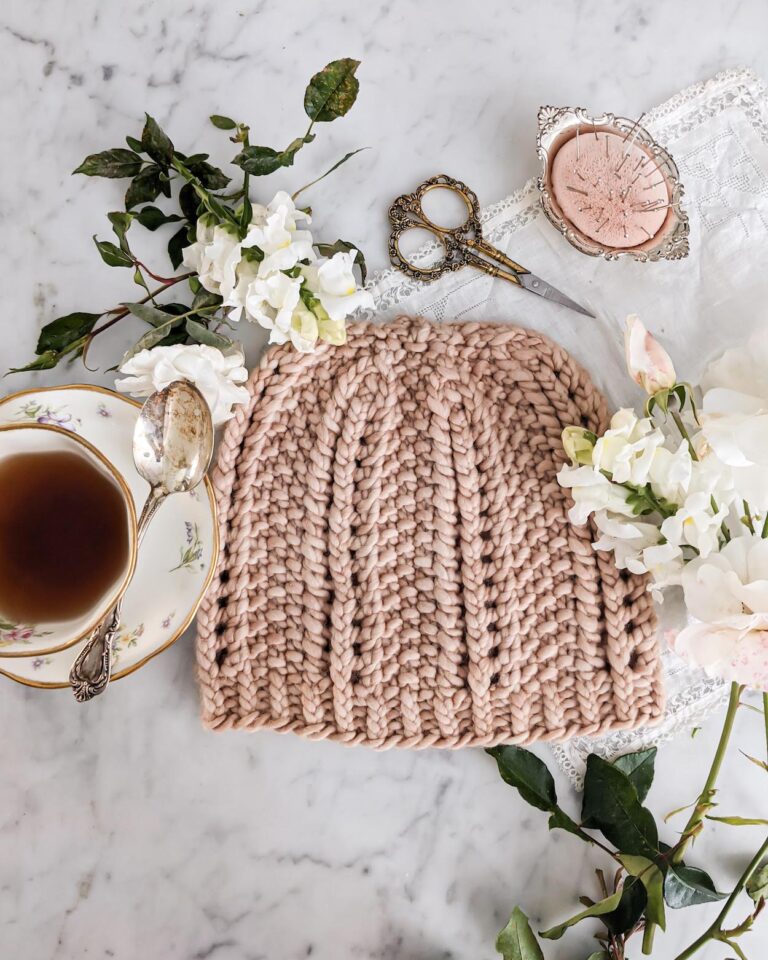
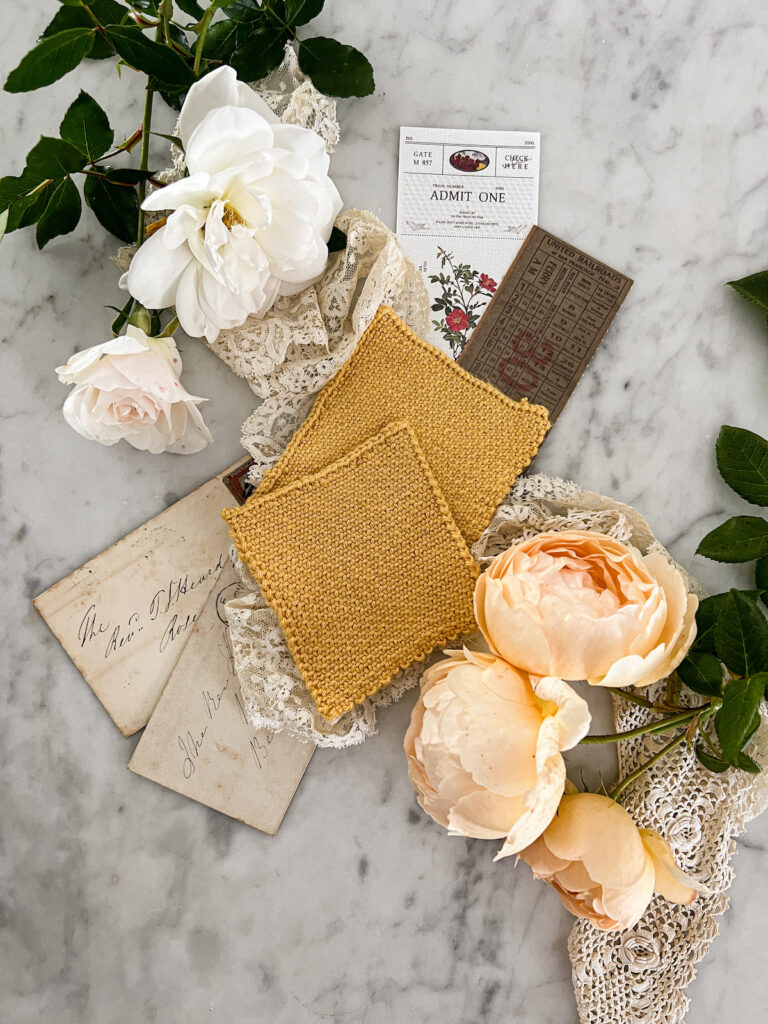
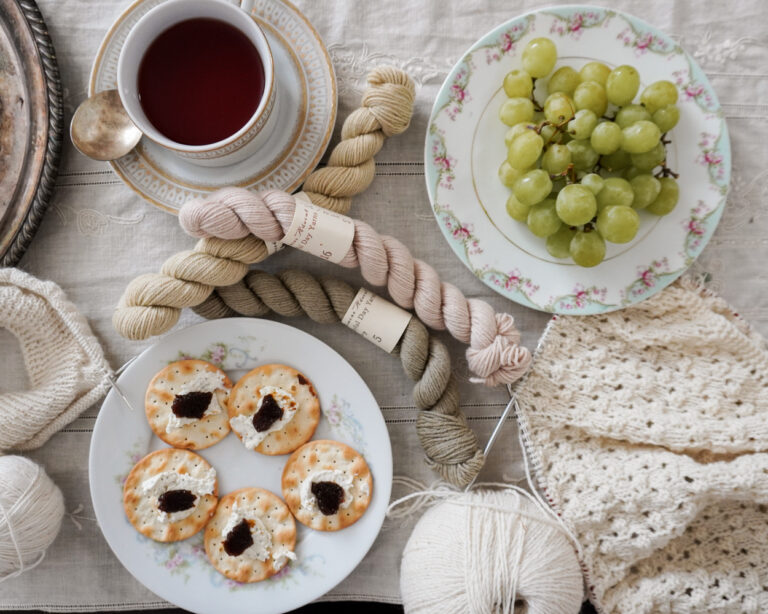
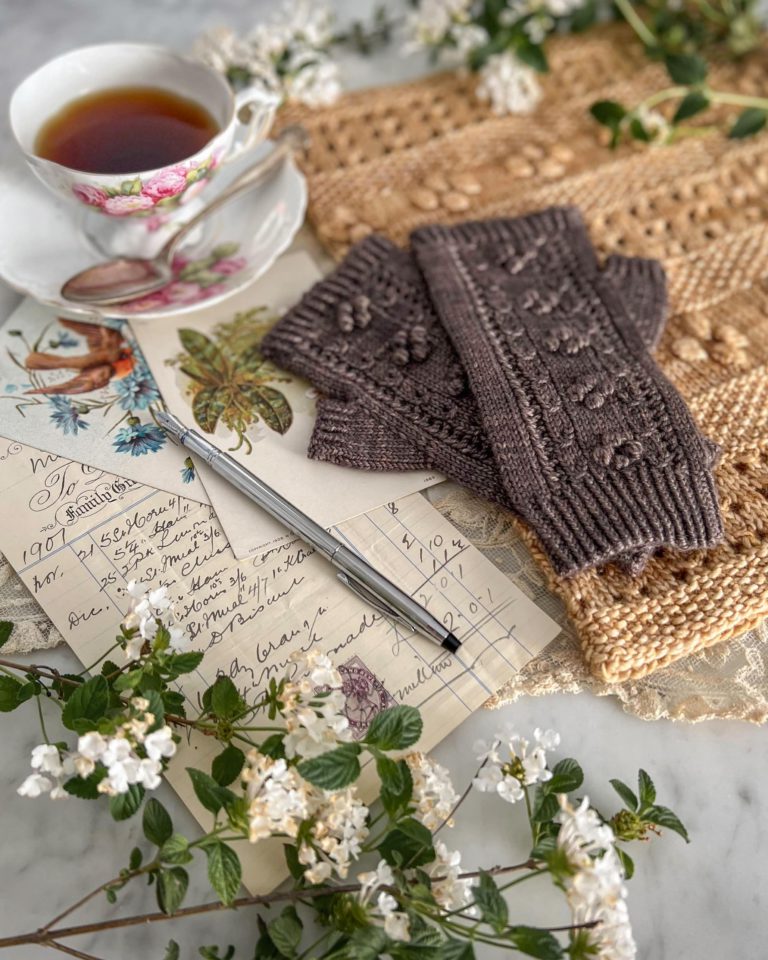

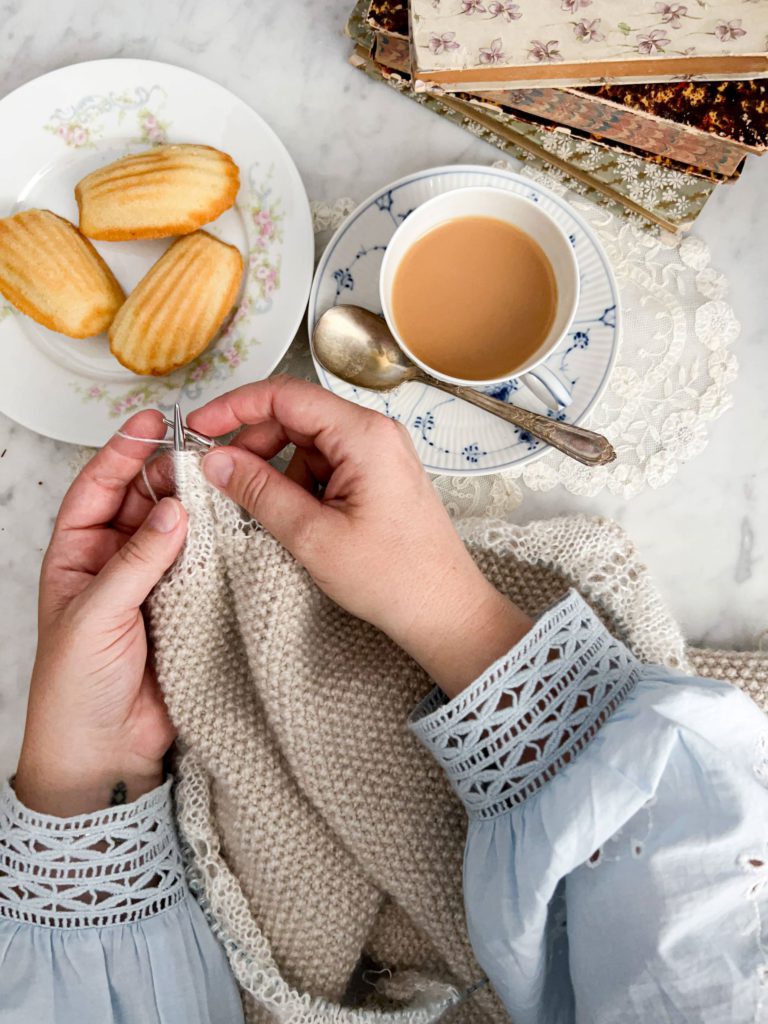
What a thoughtful and helpful article – it’s officially bookmarked in my “READ THIS BEFORE YOU DESIGN” folder.
Thank you so much Kristina for sharing your expertise and these amazing resources, and thank you Lauren for highlighting this topic on your blog!
I’m so glad you found it helpful! Kristina is full of brilliant tips and tricks and tidbits of information.
I love the comment about grading the stitch pattern! Not only do you have to worry about stitch multiples, but sometimes I adust the stitch pattern to look better on the larger sizes (i.e. go from a 6 st to 8 st cable, or add an extra repeat for certain motifs).
Loved this article through & through!
Yes! As a tall, “fluffy” female with swelling in my legs and feet, I very much relate to this. Sock patterns almost never suit my foot size. And I have fairly large hands for a woman as well. Incorrect sizing for me is the primary reason I have never made socks. And oversized shawls on me, which I happen to love, are blanket sized for some of my friends who I knit for.
This is so important. Thanks for sharing your experience, and I hope you get to feel the joy of handknit socks soon. If there’s a pair of mind you’d like to make but I haven’t graded a large enough size, please let me know! I’d be happy to do that grading.